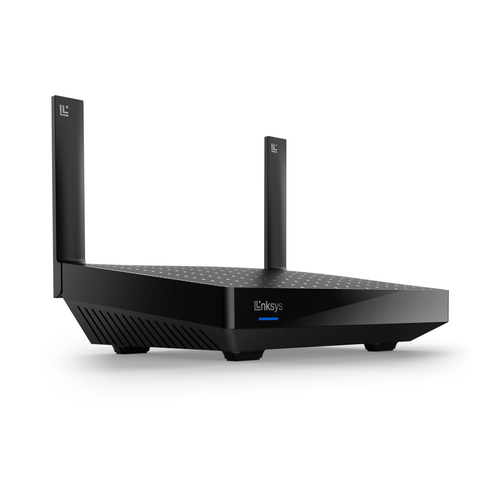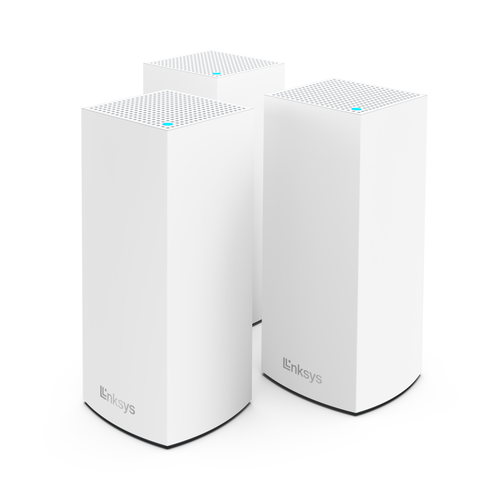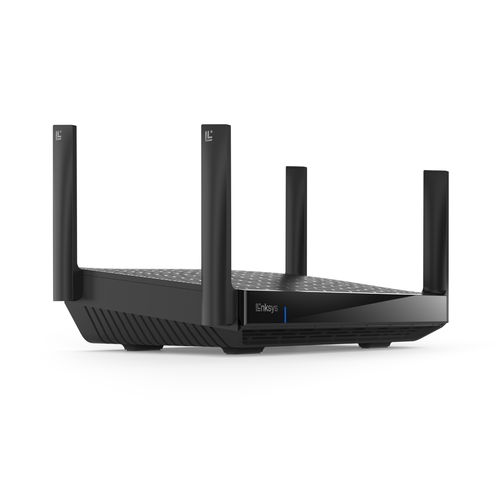How to Get the Best Performance Out of Your Ultra HD 4K TV
When it comes to clarity, 4K offers very real benefits—at 3,840 pixels of horizontal and 2,160 pixels of vertical resolution, it just about quadruples the pixel density of 1080p HD. But more detail calls for more data. Because 4K delivers drastically higher resolution images, streaming services need tons more bandwidth to deliver films smoothly without the “buffering” gremlin haunting your movie night. To keep things streaming smoothly, you need a broadband connection that's up to the task, from your Internet Service Provider (ISP) to your router.
DSL vs. Broadband
Every day, the pool of 4K films expands—Netflix and Amazon now shoot their original programming in Ultra HD, and even YouTube's bite-sized content is quickly upping its resolution ante. To match this new standard, your home WiFi has to be up to par.
For a buffer-free experience, DSL—or phone-line-based Internet that averages speeds of about 5 megabits per second (Mbps)—isn't going to cut it. To ensure you have plenty of bandwidth for 4K, you'll need broadband service such as cable or fiber Internet.
Most 4K TVs fall into the “smart” TV category, which means they're ready to receive WiFi out of the box. Internet service providers offer different speed tiers, and top-tier broadband services can net you WiFi speeds of up to 300 Mbps. A rule of thumb: the higher the Mbps you can achieve, the more stable your network will be for your whole household. Like the average connected family, your home likely has upwards of eight devices using the network simultaneously, making a stable WiFi connection all the more important.
4K Needs the 5 GHz Channel
WiFi travels on frequencies called radio bands, but old school routers typically only offer one band for data to travel on. Nowadays, dual-band routers pack—you guessed it—two bands (2.4 GHz and 5 GHz frequencies), while tri-band routers add a third band to the mix (another 5 GHz frequency).
On the 2.4 GHz frequency band, every device in the area competes for bandwidth—nearby routers, Bluetooth gadgets, kitchen appliances, and even baby monitors. It's a data traffic jam. Now imagine adding new, totally open roads for data to travel down. 5 GHz frequencies offer much faster data transmission than their 2.4 GHz counterparts—each 5 GHz frequency features twenty-three non-overlapping channels, compared to just three non-overlapping 2.4 GHz channels. They also support more modern tech, such as fast-transmitting data standards (like Next-Gen AC, a.k.a. MU-MIMO) and the signal-boosting technique known as beamforming. As you can guess, this all makes for dramatically faster real-world performance.
Moderate WiFi users will find that dual-band routers offer smooth sailing, even for 4K streaming. But if you've got multiple roomies or a big family—especially teens who live on their smartphones—tri-band devices help ensure that no one's WiFi experience suffers when others connect to the network.
MU-MIMO and 4K TV
If you own a 4K TV, a multi-user, multiple-input and multiple-output (MU-MIMO) connection is your friend. Here's the simple breakdown: traditional routers send and receive information from one device at a time, shooting data back and forth. Although only milliseconds long, those gaps in connection cause what we know as buffering—a common foe to any avid streamer. But MU-MIMO routers communicate with multiple devices at once, making for a more stable connection. For a bandwidth hog like Ultra HD streaming, a Next-Gen AC (MU-MIMO) router could be exactly what you need to ensure that your Netflix show doesn't dip into sub-4K resolutions while your kids play “League of Legends” in the next room.



